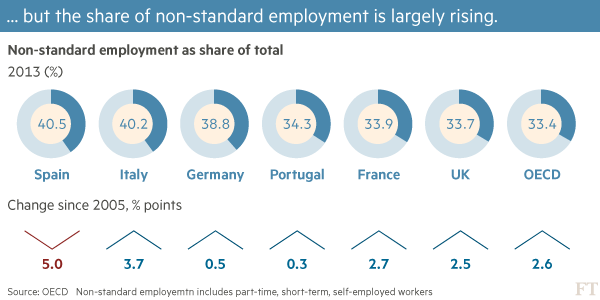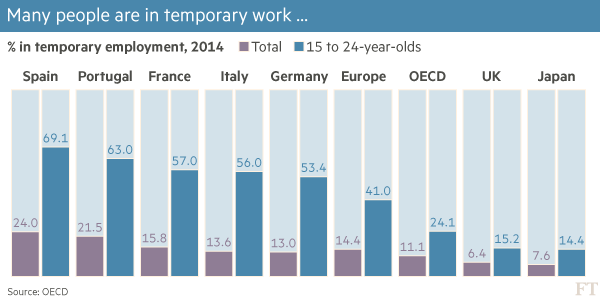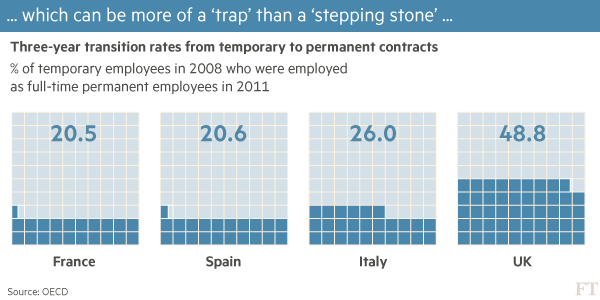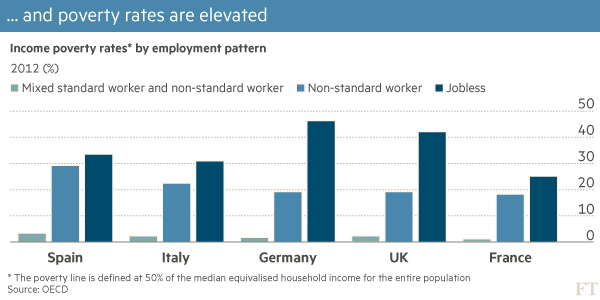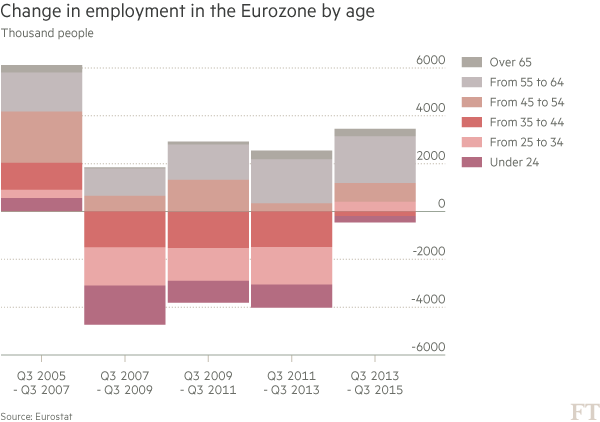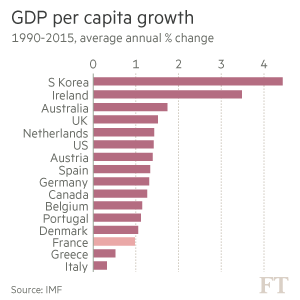The proportion of children in England achieving a good standard (level 4) of writing, reading and maths increased by two percentage points to 80 per cent this year, according to the school performance tables released on Thursday by the UK department of
education. The improvement in maths was smaller, only one percentage point, but a higher proportion of children – 87 per cent- reached a good level in 2015.
In over 2,200 schools out of nearly 16,000 in England, all or almost all of the pupils (98% to 100%) were able to achieve a good level of maths. Among the towns with over 50 schools with available results, Wigan show the highest average proportion of children achieving level 4, followed by Blackburn, Warrington and London. Good maths results are homogeneously high and all larger towns have a proportion of good maths performers of 80 per cent or more.
But over 42 per cent of children achieved an even higher level of maths, level 5. In 328 schools more than two third of schools were able to achieve that level and in 33 schools more than 90 per cent of the students were able to do so.
Here is the list of those schools:
List of schools with a proportion of students achieving level 5 in mathematics above 90 per cent:
| School Name | Town |
| Little Dewchurch CofE Primary School | Hereford |
| Seend Church of England VA Primary School | Melksham |
| Kniveton CofE Primary School | Ashbourne |
| Frosterley Community School | Bishop Auckland |
| St Patrick’s Roman Catholic Voluntary Aided Primary School, Langley Moor | Durham |
| St Andrew’s Church of England (VA) Primary School | Axminster |
| Whatfield Church of England Voluntary Controlled Primary School | Ipswich |
| Tyldesley Primary School | Manchester |
| Edward Pauling Primary School | Feltham |
| St Joseph’s Roman Catholic Primary School | London |
| The Ferncumbe CofE Primary School | Warwick |
| Chingford Hall Primary School | London |
| Helmdon Primary School | Brackley |
| St George’s, Bickley, Church of England Primary School | Bromley |
| Holy Trinity CofE Primary School | London |
| St Bernadette’s Catholic Primary School, Lancaster | Lancaster |
| Bledlow Ridge School | High Wycombe |
| Fairhaven Church of England Voluntary Aided Primary School | Norwich |
| St Mary’s CofE Primary School, Deane | Bolton |
| Colyton Primary School | Colyton |
| King David Primary School | Crumpsall |
| Barnes Primary School | London |
| Ethelbert Road Primary School | Faversham |
| Scotts Primary School | Hornchurch |
| St Thomas’ Catholic Primary School, Sevenoaks | Sevenoaks |
| Fox Primary School | London |
| Paxton Primary School | London |
| St Mary’s Catholic Primary | High Peak |
| Stathern Primary School | Melton Mowbray |
| Mundy CofE Junior School | Heanor |
| Park Road Primary School | Sale |
| Great Tew County Primary School | Chipping Norton |
| Lea Primary School | Matlock |
Among the larger towns, Wigan showed the highest average proportion of high achievers in maths (level 5), followed by Reading, London and Cambridge.
The school performance tables reports also on the pupils that achieve an even higher level of maths, level 6. These form only 9 per cent of children in England, the same proportion as last year. But in some schools they are not so rare. In 20 schools, 45 per cent or more were extremely high maths achievers. Here is the list of schools:
List of schools with a proportion of students achieving level 6 in mathematics equal or above 45 per cent:
| School Name | Town |
| Little Dewchurch CofE Primary School | Hereford |
| Fox Primary School | London |
| Combe Church of England Primary School | Witney |
| Seend Church of England VA Primary School | Melksham |
| King David Primary School | Crumpsall |
| Over Kellet Wilson’s Endowed Church of England Primary School | Carnforth |
| St Mary’s Catholic Primary School | Liverpool |
| Temple Guiting Church of England School | Cheltenham |
| Christ Church CofE Primary School | Oldham |
| Bowdon CofE Primary School | Altrincham |
| Brockswood Primary School | Hemel Hempstead |
| Whitchurch Primary School | Reading |
| Moseley Church of England Primary School | Birmingham |
| St Joseph’s Catholic Primary School | Stonehouse |
| Stoke Row Church of England School | Henley-on-Thames |
| St Thomas More Roman Catholic Voluntary Aided Primary School | Berkhamsted |
| Wentworth CofE (Controlled) Junior and Infant School | Rotherham |
| Owslebury Primary School | Winchester |
| Our Lady Immaculate Catholic Primary School | Chelmsford |
| St Teresa’s Catholic Primary School | Bristol |
While Wigan is the best place for good and high achievers in maths, Cambridge shines for a higher average proportion of kids reaching level 6, followed by Reading and London; exactly the same ranking as last year.
But before you are tempted to move to Wigan, Reading, London or Cambridge in the hope that your child becomes a top maths performers, we stop and consider the interpretation of this data.
If in a top school for maths achievement (in terms of proportion of kids reaching level 4) two children out of a class of 30 – almost seven per cent – suddenly did not perform well, the school would drop below the 4000th position.
And performance for 11 years-old children (the age at which kids take the KS2 test) is based on a variety of factors apart from the quality of the school – for example how well the child slept the night before, or if they are hungry or anxious during the test.
From 2016 the test will change and the old levels will be replaced, but there will still be quantitative scores with the chance to read too much into the results and the school rankings…as we are probably doing now.

